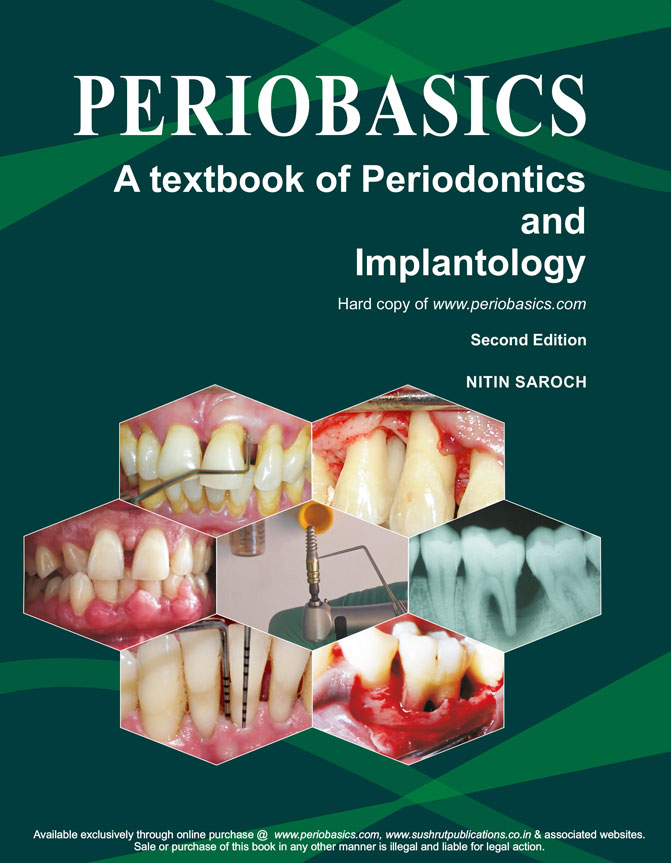The exposure of root surfaces resulting from gingival recession may be due to several etiologic factors. These include factors such as periodontal disease, mechanical forces such as faulty toothbrushing, iatrogenic factors like uncontrolled orthodontic movement, improper restorations, viral infections of the gingiva, and anatomical factors such as tooth malposition and frenum pull. The result is marginal recession of the tissue and patient commonly complaints of dentinal hypersensitivity. Other problems include esthetic problems and an increased tendency towards root surface caries. The treatment primarily includes the root coverage procedures; however, these procedures may be contraindicated for root surfaces where the cavity preparation and/or cervical abrasion exceeds a depth of 1.0 to 3.0 mm 1, 2. The solution to this problem is the combination of restorative and surgical procedures. Dental restorative materials have been extensively studied for their use in cervical areas, especially with regard to adhesion, polishing and final finishing, biocompatibility, and esthetics. Glass ionomer cements have been extensively used for cervical restorations. These materials demonstrated biocompatibility and chemical adherence to the
tooth structure and the ability to produce cariostasis through the slow release of fluoride 3, 4. Resin ionomer materials have many properties that allow them to be used successfully in the subgingival region. The restoration surface should be adequately polished before it is covered by soft tissue because it has been shown that the degree of surface roughness of restorations is directly related to the accumulation of bacteria and the presence of gingival inflammation 5. Our focus in the present discussion is whether there is connective tissue attachment over the surface of restorative material or not? Oliva et al. (1996) 6 showed the adherence of osteoblastic cells to the surface of various glass ionomer cements. Dragoo (1997) 7 observed that subgingival sites in patients with large root lesions restored with resin-modified glass ionomer materials presented clinically healthy periodontal tissues well adapted to root surface with no bleeding on probing and minimum sulcus depth. Histologically, the author observed adhesion of fibroblasts and connective tissue to the restorations. On the other hand Harris (1997)8 demonstrated that creeping attachment occurred commonly after subepithelial connective tissue graft with a partial-thickness double pedicle graft. These findings were supported by Alkan et al. (2006) 9 who also observed a creeping attachment over the glass ionomer restored root surface.
Periobasics: A Textbook of Periodontics and Implantology
The book is usually delivered within one week anywhere in India and within three weeks anywhere throughout the world.
India Users:
International Users:

